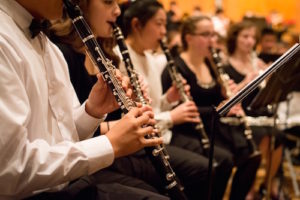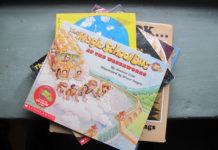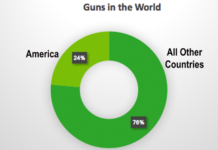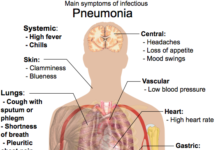by Adriana Mulet -Miranda and Braden Duncan; Farnsley Middle School (Louisville, KY)
Teacher: Marsha Buerger

“I have been playing an instrument since I was 4”, states Catherine Moeller, a certified orchestra teacher at Farnsley Middle School. She currently plays 27 instruments. Moeller claims, “I had issues in math, but the more I got involved in music, the easier it became.”
Adriana Mulet- Miranda (co-author), used to have issues in math when she was in elementary school , but after practicing the violin 2 years ago, she has become much better in all of her subjects in school. New research suggests that playing and listening to classical music may improve your everyday skills.
According to the National Association for Music Education, “On the 2012 SAT, students who participated in music scored an average of 31 points above average in reading, 23 above average in math, and 31 above average in writing.” This suggests that music can help increase not only math, but reading and writing.
In 2014 Anita Collins, an assistant Professor of Music and Arts Education at the University of Canberra in Australia, and her research team made a major breakthrough in understanding how our brains react to music. They first started by putting a person in FMRI (Functional magnetic Resonance Imagery) and PET (Position Emission Tomography) scanners The first time the person was just listening to music and they saw that multiple areas of the brain were “lighting up”. The second time they hooked up a person who was playing an instrument and even more areas of the brain were lighting up.
These areas of the brain lit up, because the brain was processing many complicated and different information really fast. Collins and the neuroscientists say this is because playing an instrument uses pretty much every single part of your brain. Playing an instrument increases the corpus callosm, which is nerve fiber connecting the left and right hemispheres. These things are important because we need to be able to mentally process things faster and playing an instrument does exactly that.
In 2014, Nina Kraus from Northwestern University started a project called The Harmony Project, which provides after school music education to underserved communities. The kids in these communities usually have lower language skills. At the beginning, the team used electrode wires with button sensors to capture the brain’s responses. During this project she realized that the children who learned to play an instrument showed a bigger increase in language skills then the kids who just took music appreciation courses. Also, 90% of the kids who participated in The Harmony Project go to college.
Moeller understands that assessments are a big part of today’s education. She also thinks it is also very important that the arts (orchestra, band, and choir) are included in school to help with these assessment.
The U.S Senate recognizes this by passing the Bipartisan Elementary and the Secondary Education Act (ESEA) reauthorization proposal. The Senate also required that music and arts be core content in the Every Child Achieves Act. These acts were placed under the No Child Left Behind Act, which was passed on January 8th, 2002 under George W. Bush. The ESEA reauthorization proposal was passed on January 16th, 2015.

This work is licensed under a Creative Commons Attribution-NonCommercial-NoDerivs 3.0 Unported License













